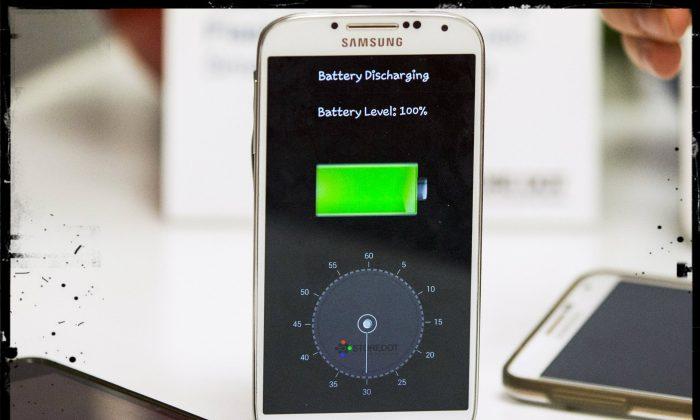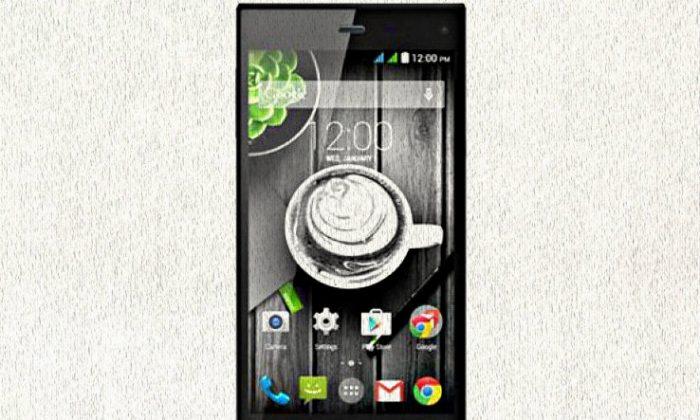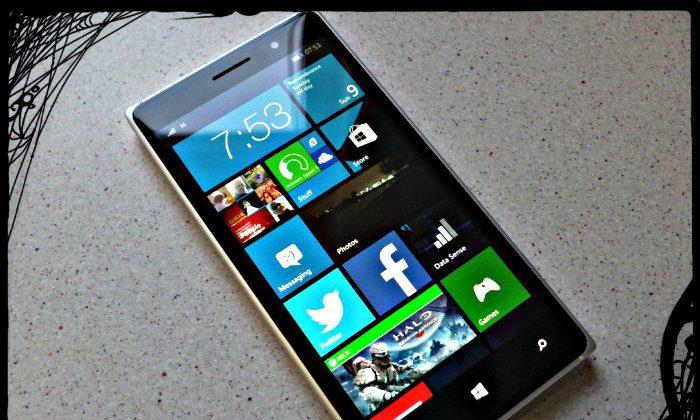Modern people have all kinds of obligations on a daily basis and they tend to grow in number. Unfortunately digital devices are here to help us but a new obligation comes in – you have to keep track of the battery level of your cell phone, smartphone, tablet, notebook, digital camera, you name it.
This is really annoying and what do you do if you battery runs flat on the go? What’s even worse – it usually takes hours to charge a battery to its limit.
Well, it seems there’s a solution and what’s even better – it should be in our homes by 2016. More precisely an Israeli company by the name of StoreDothas created a new nanotechnology material for mobile batteries that is capable of accumulating and storing a charge with minimum losses.
While this does not sound revolutionary, the new material can be charged from zero to full in just 30 seconds. The new invention is still in laboratories but the company has accumulated 48 million dollars towards making it a mass product and believes that new batteries, based on this material will be on the market in 2016.
But what’s the cost then? There will be some – a smartphone based on the new type of battery will be about USD 100-150 more expensive than the same smartphone using a regular battery.
In addition the material can be recharged about 1500 times but this should be enough for a 3-year usage period. Moreover the material can be used in electric cars where batteries that use it will be charged up in just 2-3 minutes.
Exciting, isn’t it?





Friends Read Free